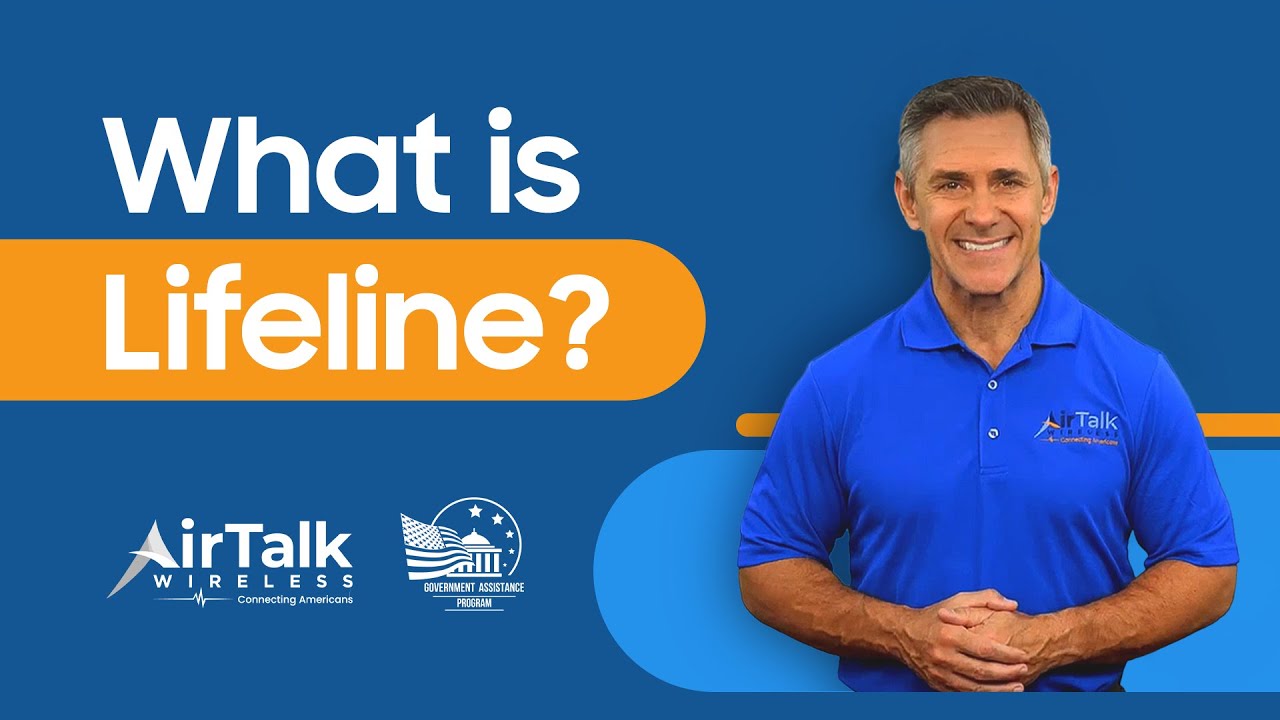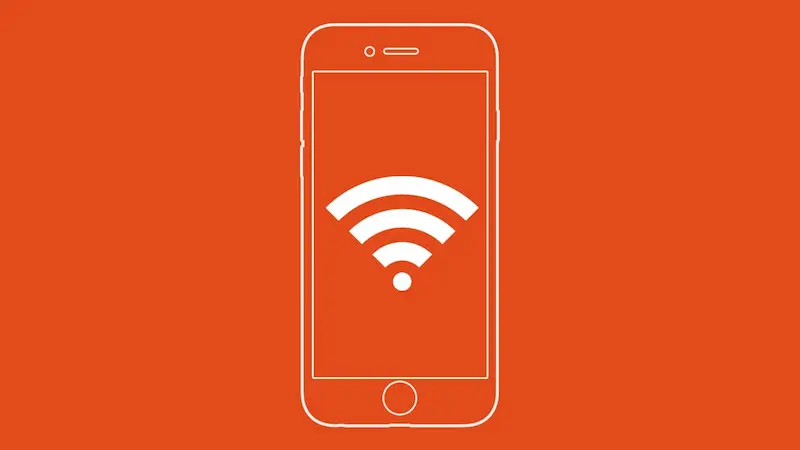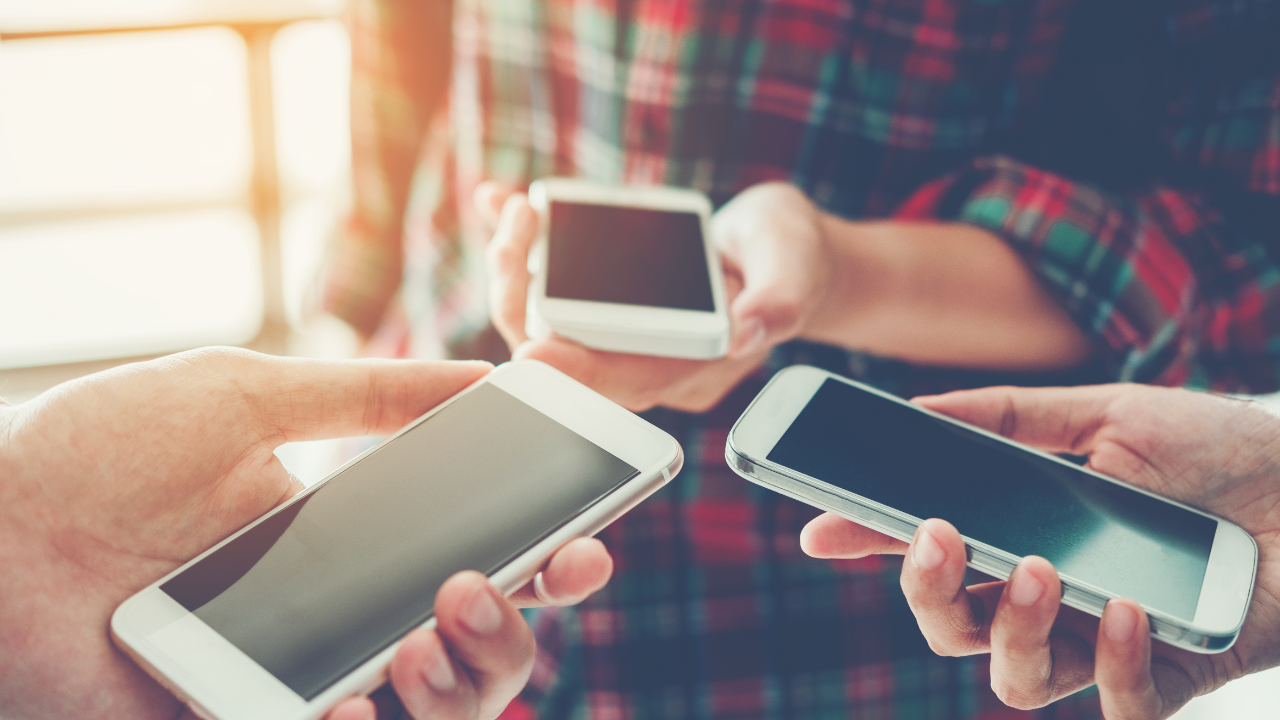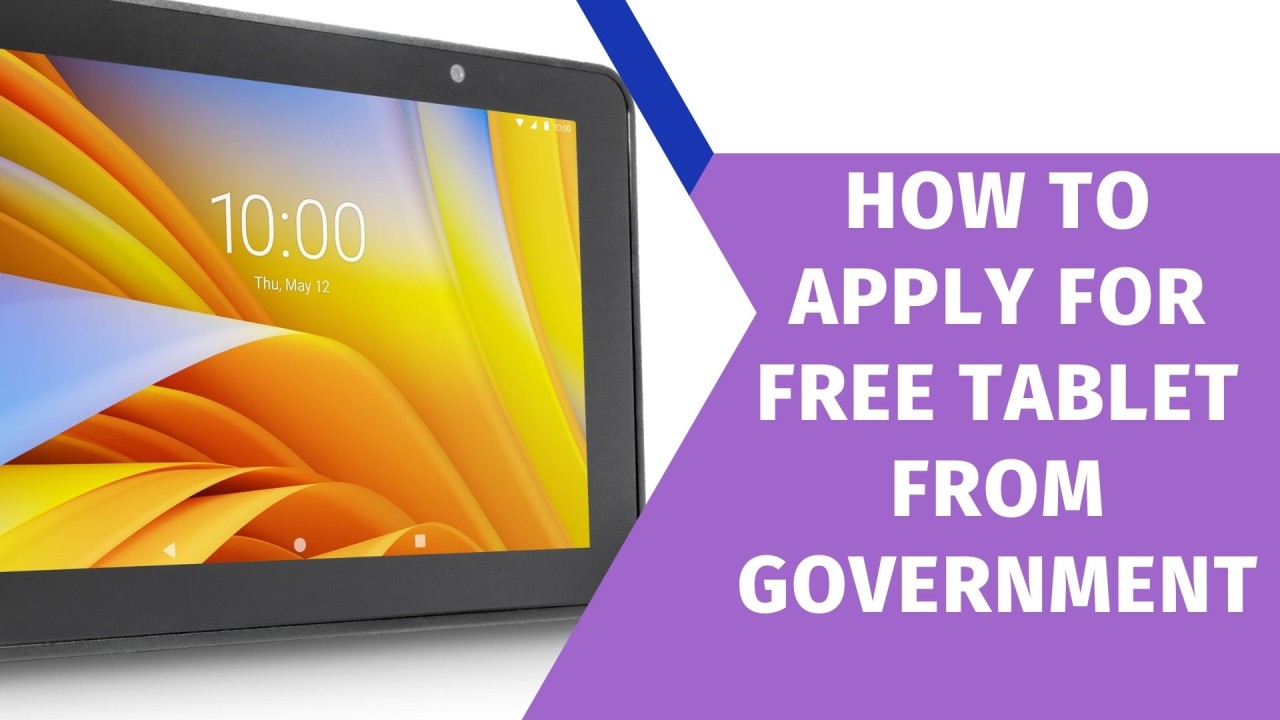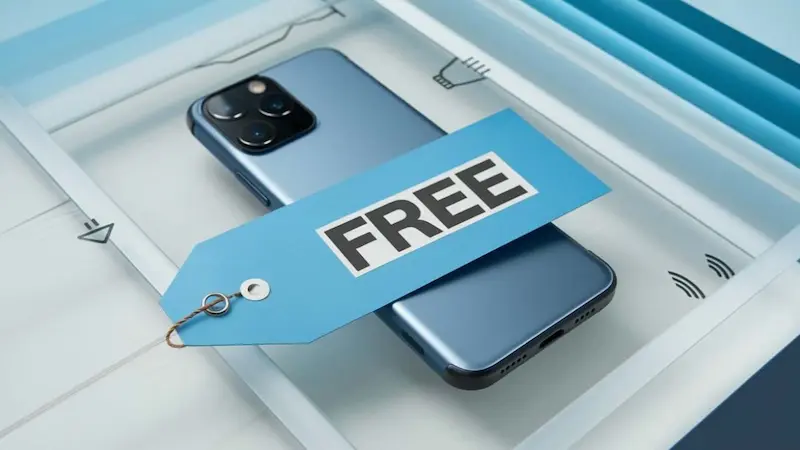Can More Than One Person in a Household Receive Lifeline Benefits?
No, the Lifeline Program is structured so that only one discount per household is permitted. The Federal Communications Commission (FCC) has set forth these restrictions to ensure that the program’s benefits reach as many households as possible without duplication.
Definition of a Household
A household is defined by the FCC as individuals living at the same address that share income and expenses. This definition encompasses not only families but also individuals living together under similar financial circumstances. By enforcing a single-discount-per-household rule, the program aims to prevent any potential abuses that could arise from multiple applications for the same household.
This restriction ensures that limited resources are equitably distributed, thereby benefiting a broader array of low-income families seeking to improve their connectivity without facing barriers due to financial constraints. The goal is to provide essential support where it is most needed and cultivate widespread connectivity.
How Does Lifeline Ensure Continued Eligibility?
A significant aspect of the Lifeline Program is the necessity for annual recertification to confirm that beneficiaries continue to meet eligibility requirements. This process is crucial for maintaining program integrity and ensuring that resources are allocated only to those who meet the criteria.
Recertification Process
Every year, current beneficiaries receive a recertification request that they must respond to, either through an online form or through mail. This process typically involves providing updated information regarding their income or confirming continued participation in eligible federal assistance programs.
- Online Recertification: For many beneficiaries, the online recertification process offers a convenient method to verify their ongoing eligibility. By simply logging into their account, they can validate their information and provide any necessary updates.
- Mail Recertification: Alternatively, beneficiaries can complete a paper form and return it through the postal service. This option may suit individuals who are more comfortable with traditional methods or those without reliable internet access.

Next Page
You May Also Like
-

What is the Lifeline Program?
Initially established as part of the Universal Service Fund (USF), Lifeline began with the straightforward objective of providing discounted landline telephone services to low-income households.
-

How Free Internet Services Can Help Low-Income Families Stay Connected
Free internet services can dramatically reduce financial strain for low-income families by relieving them of the burden of internet costs and enabling better financial management. This, in turn, enhances their overall quality of life and affords them greater financial stability.
-

How to Qualify for Free Internet and WiFi in Your Area
Learn how to qualify for free internet and WiFi through programs like ACP and Lifeline. Discover eligibility criteria, application steps, and benefits for low-income families.
Popular Blog
-

Affordable Alternatives When You Don’t Qualify for Free Government Phones in the U.S.
Don’t qualify for a free government phone like Lifeline? This article explores affordable options for staying connected. Discover prepaid plans, discounted deals, the used phone market, and how to leverage free Wi-Fi and community resources to maintain essential communication on a budget.
-

How to Get a Free Tablet from Government Programs
In this article, we’ll explore these programs, the types of tablets you can get, and the carriers currently participating in these initiatives.
-

How to Check Your Eligibility for Free Cell Phones and Services
Learn how to check your eligibility for free cell phones and services through programs like Lifeline and ACP. Discover income-based requirements, application steps, and benefits.
